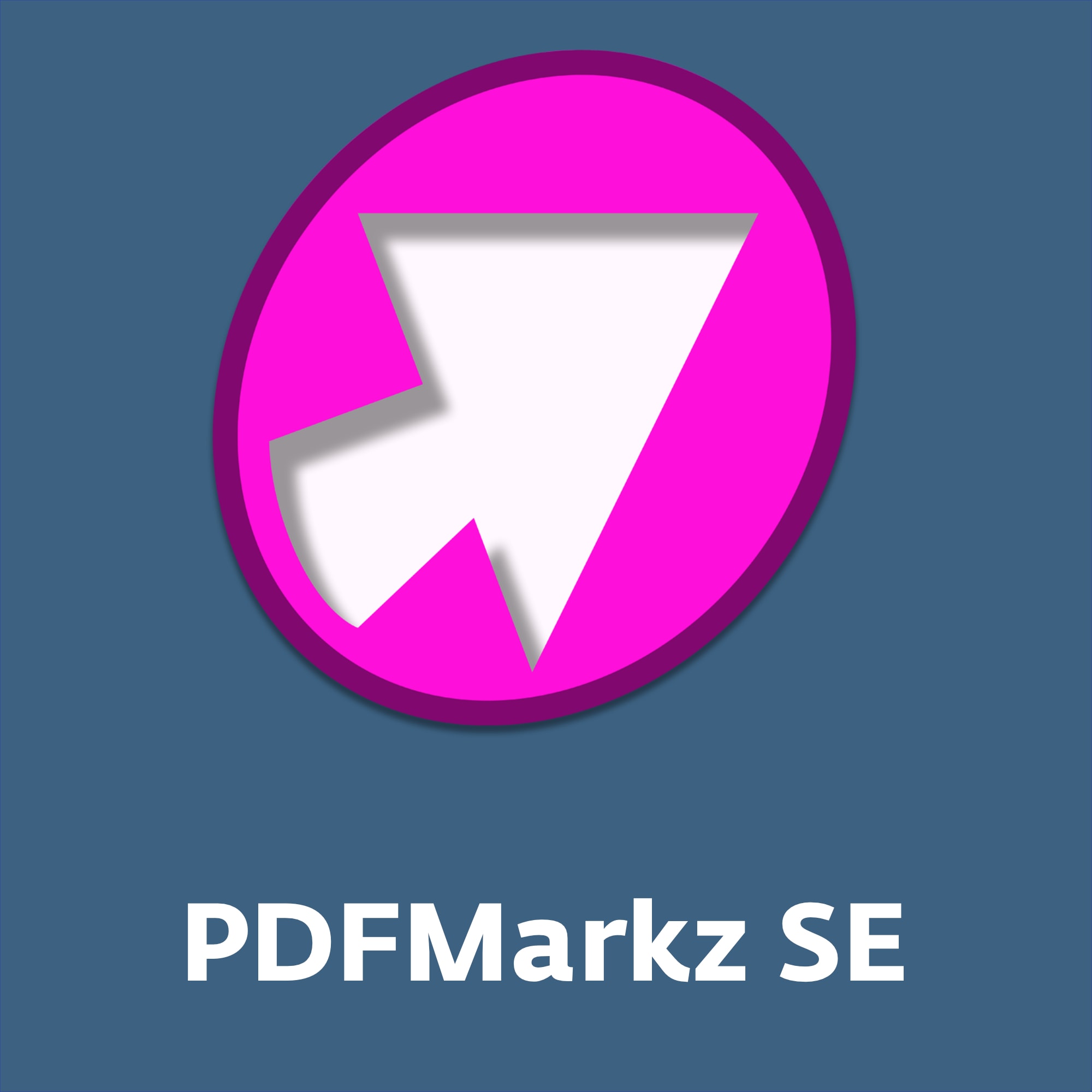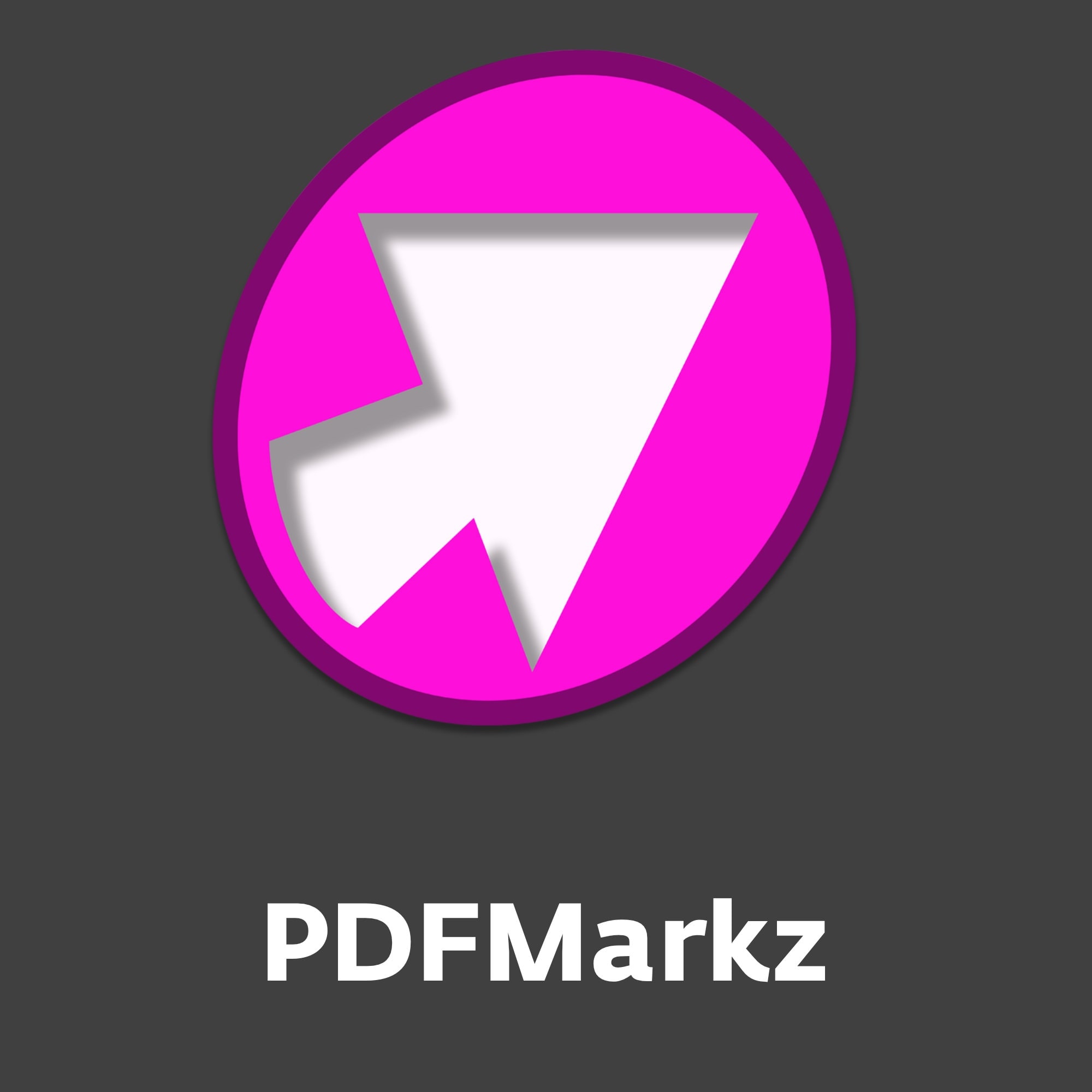Open InDesign documents without InDesign
What to do if there is no license from Adobe?
Publishing software usually works with its own file formats. For InDesign, for example, there is the INDD format. This format can be opened only with InDesign. Or is there another way?
The dilemma of licensing
File formats are tricky. Dedicated file formats exist for almost every software. This often allows peculiarities of the software to be better taken into account. At the same time, the format also offers an advantage for software producers. The special format binds the customer to the software.
This bond is not always voluntary. Adobe, for example, launched a subscription system with the introduction of Creative Cloud. As long as you pay, you can download and use software solutions. For example, if you cancel the subscription, you can no longer use the software. This makes it impossible to open existing documents. This is a real problem if you use the software too infrequently to justify a subscription, or if you move to another publishing platform. I know from many users that they often do not want this form of licensing.
Particularly when new software solutions become available, or you change the direction of your work, the need for the old publishing software can become vanishingly small. But what to do if you need a document again? This creates a predicament that almost forces the user to go back to the subscription system.
Is there another way?
Access to archive files
Imagine having worked with InDesign for more than 10 years. During this time hundreds, if not thousands of files were created in INDD format. If you cancel your Creative Cloud subscription, you no longer have access to these files. This is the predicament that was just written about before. The chance that you will need these files again is small.
If you still have InDesign, you can open the file and save it as IDML. The IDML format can also be reopened in various other solutions. Perfect, you might think. However, you are then forced to keep a license of InDesign active. If you want to avoid this, you can of course open all archive files in tedious work and save them again as IDML files. So you get a second archive, with nothing but IDML files.
If this is not desired, and a file still needs to be opened, you can always go to a colleague who works with InDesign and have the file converted there. However, it can also be done more elegantly.
An elegant solution
The two products “IDMarkz” and “OmniMarkz” convert native INDD files directly to IDML. This is the elegant solution. It is no longer necessary to have an InDesign license installed to use IDMarkz and OmniMarkz.
The difference between IDMarkz and OmniMarkz is the number of formats that can be read. IDMarkz reads only INDD files, while OmniMarkz can also convert files from QuarkXPress or PDF files.
Both products convert documents in seconds, depending on the file size. The conversion creates an IDML document that can be opened directly in older versions of InDesign, in XPress or in Affinity Publisher, for example.
If one has one of the two conversion solutions from Markzware, one has direct access to archive files, or can easily open files from customers. The IDML file can be edited in other applications and then saved again as a native document for the new platform. All elements are editable.
As with any conversion, keep in mind that the publishing platform has been changed. Thus, the process is suitable for a takeover of standing record, not as a bridge for continuous exchange. Each document is displayed slightly differently on its own platform. For example, the font width can be calculated with other algorithms on the layout. So it can happen that a word just does not fit into a text column anymore and there is a new text flow. Therefore, each converted document should be carefully checked, as you should do with each document transfer.
With or without updates?
IDMarkz can be licensed for Mac or Windows and as an annual subscription or a perpetual version. What are the differences between the two types of licenses?
If you purchase the software as an annual subscription, you will receive all updates and upgrades automatically for the licensed period. This is useful if you constantly receive new InDesign documents. You are then always up to date. It is the right choice if you want maximum flexibility and timeliness.
If you only process your own archive data and no longer use a newer version of InDesign, you can also purchase a perpetual license. This eliminates the annual costs and all your own archive files can still be opened. However, this version cannot be updated to a newer version.
OmniMarkz is versatile. It is the perfect tool for regular processing of a wide variety of documents from which you want to create editable originals again. You don’t need InDesign license, XPress license or PDF editor to convert these document formats to a new original. OmniMarkz is the tool of choice in a prepress environment with constantly changing document formats. In my opinion, an annual license including all updates and upgrades is recommended.











